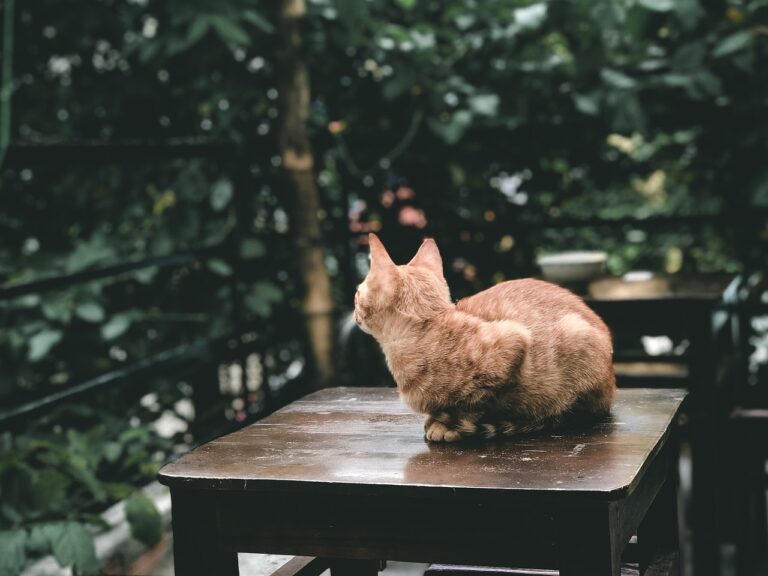The Influence of Nature in Japanese Furniture Design: Wabi-Sabi Aesthetics
cricket bet 99 login, sky11 live, reddy book id: The Influence of Nature in Japanese Furniture Design: Wabi-Sabi Aesthetics
When it comes to Japanese furniture design, one key principle that stands out is the influence of nature, specifically the concept of wabi-sabi aesthetics. Wabi-sabi is a Japanese aesthetic philosophy that focuses on finding beauty in imperfection, impermanence, and simplicity. This concept is deeply rooted in Japanese culture and has had a significant impact on the design of furniture in Japan.
The use of natural materials such as wood, bamboo, and paper is a common feature in Japanese furniture design. These materials are often left in their natural state, showcasing their inherent beauty and imperfections. The idea is to create a sense of harmony with nature, allowing the materials to age and change over time, just like the natural world around us.
Japanese furniture designers also draw inspiration from the natural world when it comes to shapes and forms. Many pieces of furniture are designed to mimic the organic shapes found in nature, such as the curves of a tree branch or the smooth pebbles in a stream. This creates a sense of tranquility and harmony in the space, bringing a touch of the outdoors inside.
Another key aspect of wabi-sabi aesthetics in Japanese furniture design is the idea of simplicity and minimalism. Japanese design often focuses on stripping away the unnecessary and focusing on the essential elements of a piece. This minimalist approach allows the beauty of the materials and craftsmanship to shine through, creating a sense of peacefulness and calm in the space.
Overall, the influence of nature in Japanese furniture design is evident in the use of natural materials, organic shapes, and a focus on simplicity and imperfection. This connection to nature helps to create spaces that feel harmonious and serene, bringing a sense of peace and tranquility to the home.
6 Headings:
1. The Beauty of Imperfection
2. Natural Materials
3. Organic Shapes and Forms
4. Simplicity and Minimalism
5. Creating Harmony with Nature
6. Bringing Peace and Tranquility to the Home
FAQs:
Q: How can I incorporate wabi-sabi aesthetics into my own home?
A: You can start by using natural materials such as wood and bamboo, and incorporating organic shapes and forms into your furniture and decor. Embrace imperfection and simplicity in your design choices to create a sense of harmony with nature.
Q: Is wabi-sabi just a passing trend in design?
A: Wabi-sabi is more than just a passing trend – it is a timeless aesthetic philosophy that has been deeply ingrained in Japanese culture for centuries. Its focus on imperfection, impermanence, and simplicity resonates with people around the world seeking a sense of peace and tranquility in their homes.







